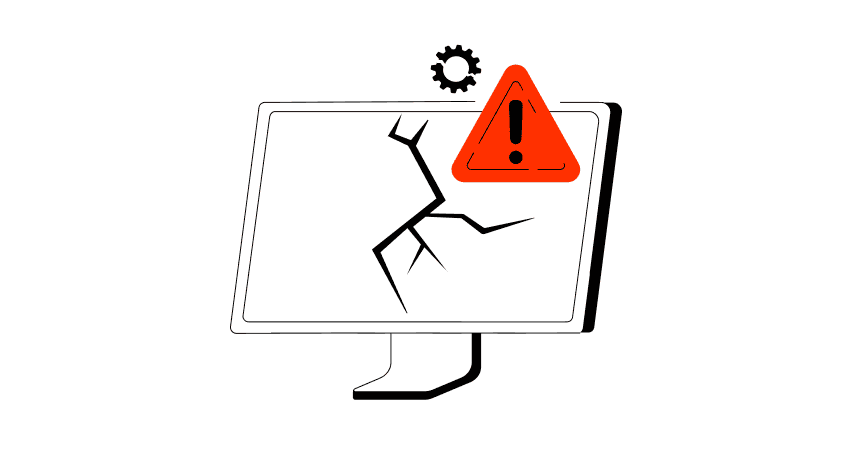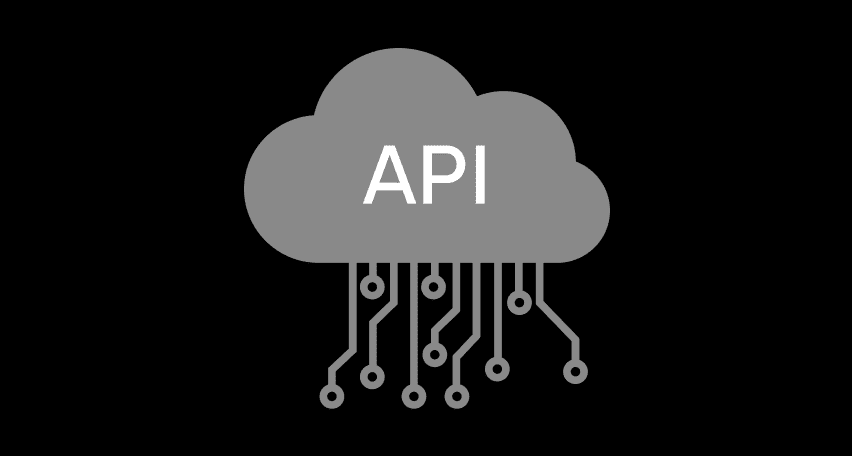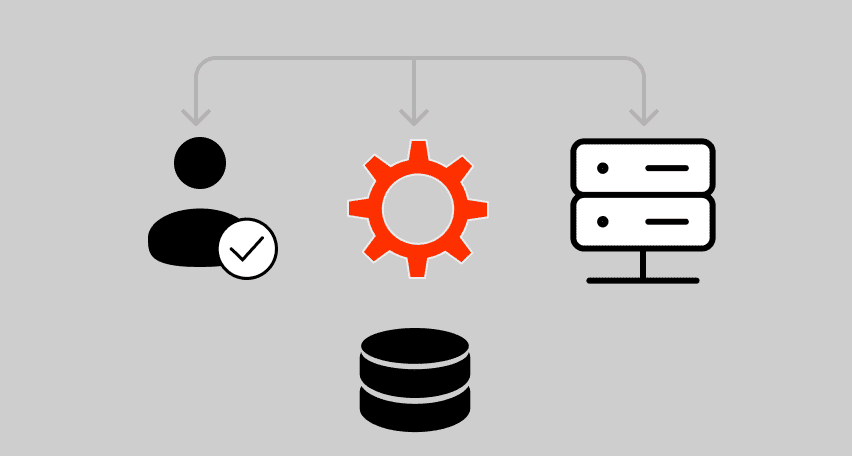The advent of smart devices in the past decade has been a milestone for the human race. The Internet of Things, along with advanced analytics and data science, are the face of digital transformation.
According to one report, 79% of US consumers use at least one connected device in their homes. From smartphones, lightbulbs, and smartwatches to smart thermostats, TVs, and air conditioners, wirelessly connected devices have a huge impact on everyday life.
The popularity of these devices has been growing uniformly across all major domains. With the proliferation of smart devices in everyday life, we are slowly moving towards an era where every household is interconnected and controllable through a handheld device.
At the same time, innovative technologies such as 5G can speed up the application and adoption of the Internet of Things even more. Unsurprisingly, some reports estimate that the global population of IoT devices to reach 125 billion in the next 10 years.
However, with IoT devices growing exponentially, testing IoT software has become even more necessary. In this article, we will discuss what IoT software testing is and why it is important.
What is the Internet of Things and IoT Testing?
The Internet of Things, or IoT, is a term for billions of devices that connect with the help of the internet. Each of these devices collects and shares data with other devices. The phenomenon of the Internet of Things came into being due to the availability of powerful network bandwidths, ubiquitous wireless networks, and low-priced computer chips.
The Internet of Things connects different objects, adds cutting-edge sensors, and facilitates real-time communication between different devices. It allows people to add a new level of digital intelligence to devices and help them process information on-site without any delays.
To ensure software quality, testers need to gain in-depth domain knowledge. Testers who are not experienced in testing embedded systems or hardware must have to develop their skills in those areas.
IoT Device Testing
Like in other types of software, IoT QA testing, helps determine if IoT software meets the accepted standard of quality and performs meets the expectation of users. Because this testing determines the quality of the product, testers need to perform testing rigorously to identify underlying bugs and rectify them immediately.
IoT app testing ensures that each device efficiently performs all its functionalities, ensuring that the entire IoT network can work collaboratively and deliver as expected. The following are some of the key areas where IoT testing benefits applications.
Types of IoT Testing
With data being gathered from scattered sources such as sensors, inventory, machines, equipment and tools, edge devices, people, and production logs, IoT devices can become prone to a range of errors. Here are some of the testing procedures, essential for IoT testing.
IoT Performance Testing
Nowadays, customers are extremely sensitive to small glitches, and they can stop using the IoT device app if they face any delays. This is why it’s essential to evaluate the IoT device app’s performance with the help of different performance metrics.
These performance metrics include database performance, load tolerance, IoT device app loading speed, throughput, efficiency, uptime, and data transfer rate. In a connected system of apps, this becomes even more important.
With the help of performance testing, we can see how well an IoT device app performs regular use over a long period (load testing), and how it copes against additional load from users during peak times.
IoT Security Testing
The security of IoT device apps is perhaps the greatest concern for most users. People may use IoT device apps for various reasons, which range from making monitory transactions, sharing personal information, buying and selling, and much more.
This is why an IoT device app should have specialized access controls for users that restrict access for external people. Without security testing, it is impossible to identify underlying vulnerabilities in an IoT device app and make sure that it doesn’t leak sensitive information to attackers.
IoT Database Testing
Databases enable IoT device apps to function and are critical to their operation. For this reason, you need to test the database thoroughly to make sure that the IoT device app is functionally sound. The process involves testing for different kinds of errors during query execution.
During testing, the data should be safe from any kind of modification, and regular query execution should not affect data integrity. Furthermore, IoT testers need to see whether the response time of all the queries is optimal and check whether the data displayed by the application is shown accurately by the IoT application.
IoT Functional Testing
Every IoT device app needs to perform a variety of different functions. However, it’s essential to test the core functions of these IoT device apps individually to prevent any glitches after deployment. These core functions are mandatory for the IoT device app, and they cannot function without them.
IoT Compatibility Testing
Compatibility testing is meant to check an IoT device app’s compatibility against different devices, apps, and operating systems. Compatibility testing is responsible for evaluating whether the IoT device app is responsive and if it operates smoothly on different platforms and browsers.
Furthermore, if your IoT device app has an option for printing pages, compatibility testing can help you identify whether the IoT device app supports font, alignment, and page graphics for printing devices.
IoT Usability Testing
Usability testing tests whether an IoT device app offers an optimal user experience to a typical user. Therefore, usability testing addresses a variety of questions that relate to a user’s experience, including IoT device app design, how easy to use its features are, and whether or not the content on the IoT device app is clear.
IoT Scalability Testing
IoT devices are growing popular every day and with increasing social distancing measures in place, we can expect IoT devices to become more widespread. Scalability testing ensures whether an IoT app has the power to support multiple concurrent users while continuing the same level of performance.
IoT Reliability Testing
Reliability testing is related to compatibility testing in some ways. Users must validate IoT components, especially sensors, in many different operational and environmental conditions.
IoT Network Testing
Without seamless network connections, IoT applications can’t function effectively. Network testing ensures that IoT applications can support various network connections and connection protocols across the IoT platform.
IoT Pilot Testing
For IoT devices, testing in lab conditions is not sufficient since applications can fail disastrously when exposed to real-time conditions and data. In pilot testing, testers introduce the application to a live environment with a limited number of users. These participants use the application and give suggestions on where it can be improved. Such feedback is crucial for making the app robust and suitable for production deployment.
IoT Regulatory Testing
One of the major applications of IoT devices is in healthcare. However, this sector is privy to various regulatory constraints. Testing healthcare IoT apps applications require teams to pass through several regulatory/compliance checkpoints.
Even if an IoT app is perfect in terms of functional, performance, security, compatibility, and usability metrics, it can still fail if it does not fulfill compliance requirements. This is why it’s best to familiarize developers with regulatory requirements at the beginning of the development cycle.
IoT Upgrade Testing
IoT devices function on a combination of several protocols, operating systems, devices, hardware, firmware, and networking layers. Whenever these components are upgraded, they need to be tested again using regression testing.
When to Perform IoT Testing?
IoT devices have an explicitly different nature than most other devices. At the same time, the intricately connected nature of IoT ecosystems makes testing even more important. A typical IoT platform has four basic components: application, sensors, backend database (data center), and network communication.
Each component of the IoT needs different testing procedures. Testers need to consider these elements to formulate a comprehensive test strategy.
IoT Testing in PFLB
IoT systems are filled with several kinds of complexities. Only experienced software testers can identify underlying software vulnerabilities accurately.
PFLB is a software testing service that has experience of serving over 500 companies across all domains, from finance and healthcare to retail and technology. Our software testing teams follow all the best practices required to deliver high-quality software.
With years of experience at our disposal, we can ensure that all your applications deliver the highest quality software and outperform competing applications. To learn more about the company feel free to visit our website at PFLB.
Related insights in blog articles
11 API Failure Causes and How To Solve Them

When an API fails, the consequences ripple quickly through the entire system. Transactions stall, integrations break, and frustrated users flood your support channels. Understanding exactly why API failures happen — and how to fix them — is essential for developers and businesses alike. This article examines the most common reasons behind API failures, explores the […]
API Mocking: A Complete Guide

Waiting for APIs to become available or stable can slow down entire projects. API mocking provides a smart way to avoid these roadblocks by simulating real API responses, keeping your teams productive and ensuring smoother integration down the line. In this guide, you’ll discover exactly what API mocking involves, how it differs from using real […]
API Endpoint: A Complete Guide

Modern applications rely heavily on APIs (Application Programming Interfaces) to communicate and exchange data across different systems. At the heart of this interaction lies the API endpoint — a fundamental concept that defines where and how data exchanges happen. This guide explains clearly what an API endpoint is, outlines its importance, and provides practical insights […]
gRPC vs. REST: Detailed Comparison

Choosing between gRPC and REST can feel confusing, especially if you’re trying to figure out the best way for your applications to communicate. This article breaks down the grpc vs rest comparison clearly, without jargon or confusion. You’ll learn exactly what each protocol is, the advantages and disadvantages of each, and understand why gRPC is […]
Be the first one to know
We’ll send you a monthly e-mail with all the useful insights that we will have found and analyzed
People love to read
Explore the most popular articles we’ve written so far
- Top 10 Online Load Testing Tools for 2025 May 19, 2025
- Cloud-based Testing: Key Benefits, Features & Types Dec 5, 2024
- Benefits of Performance Testing for Businesses Sep 4, 2024
- Android vs iOS App Performance Testing: What’s the Difference? Dec 9, 2022
- How to Save Money on Performance Testing? Dec 5, 2022